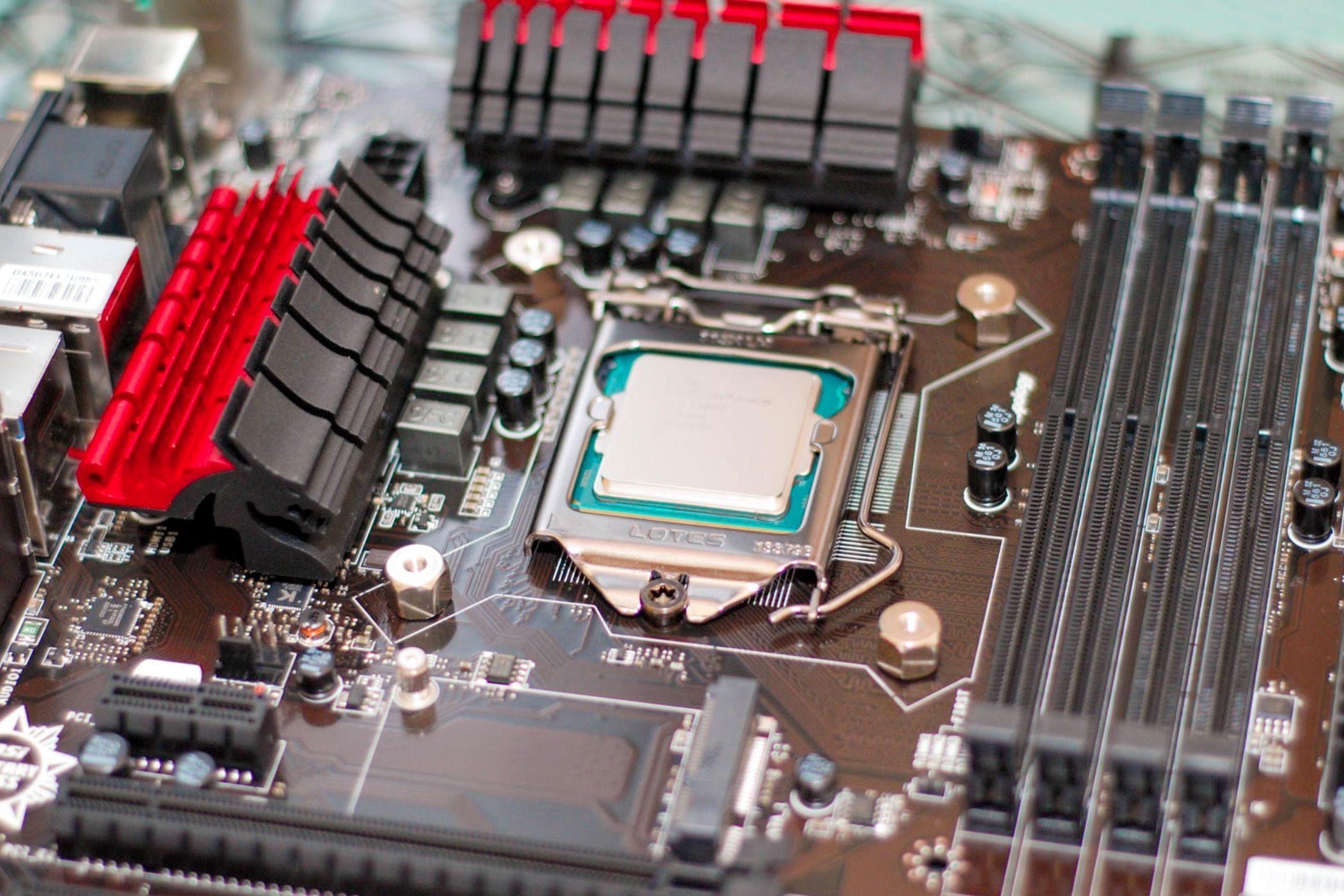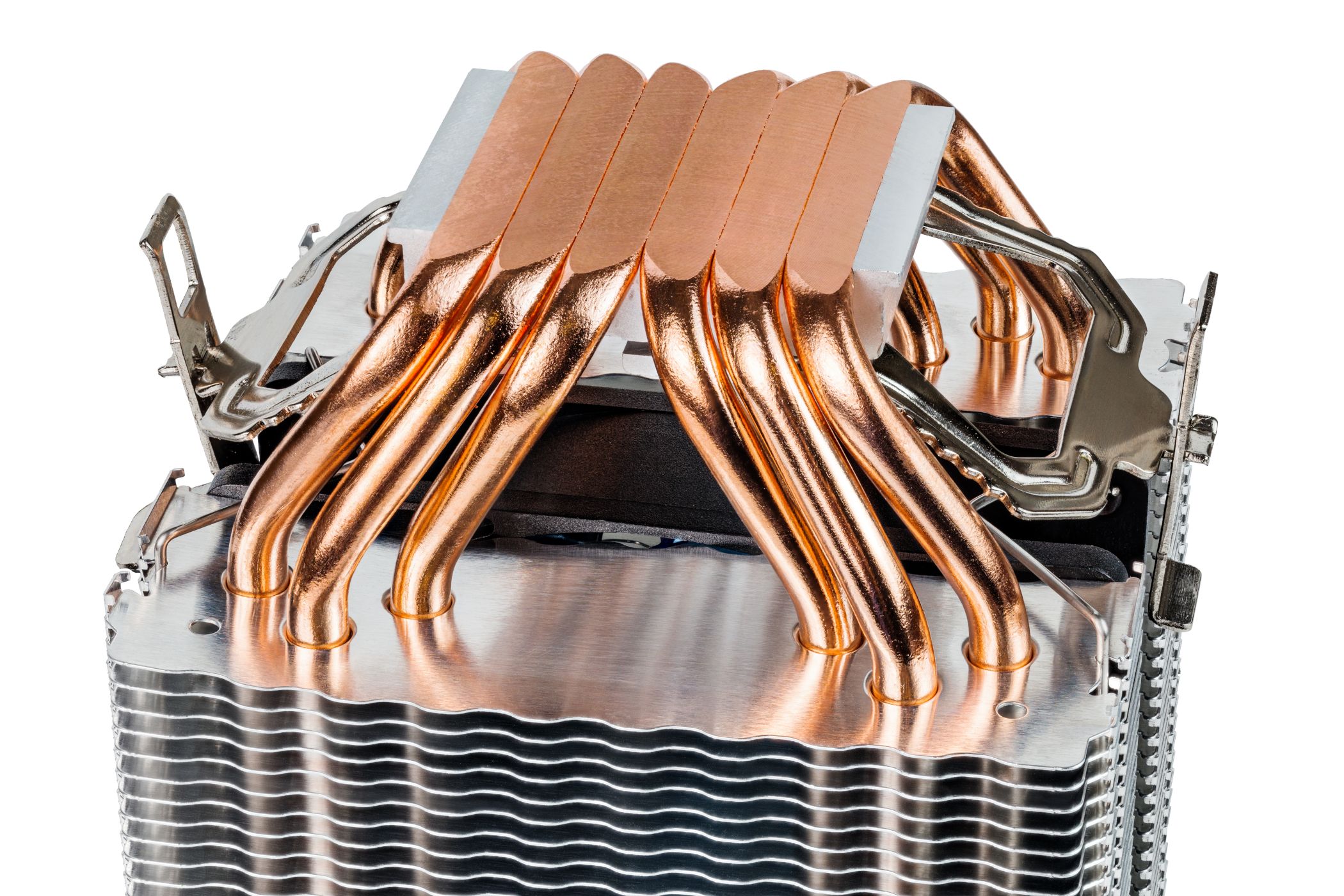Key Takeaways
- Official CPU TDP values don’t match real-life CPU heat output and power consumption.
- Real-life power usage found in professional CPU reviews is a much more reliable metric than official TDP values.
- When buying a CPU, depending on its power consumption, choose a CPU cooler and motherboard capable of keeping it cool and allowing it to run at its official boost clocks.
You might have heard about the term Thermal Design Power (TDP), often mentioned in online CPU discussions. This is a popular but flawed metric describing CPU heat output and power usage. But what does TDP describe, and should you even consider it when in the market for a new CPU? Find out below.
CPU TDP Explained
Let’s start by explaining what CPU TDP actually is. Thermal Design Power is usually used to describe the heat output of the CPU under load, or, in other words, the amount of heat, in watts, the CPU cooler must dissipate for the CPU to work according to the official specs.
Other definitions, like the one from Intel, describe TDP as “the [CPU] power consumption under the maximum theoretical load.”
The thing is, TDP is kind of both and neither. The issue is that CPU TDP isn’t a measure of real-life heat output or power consumption. It is calculated—or, better to say, chosen—using formulas that have little to do with CPUs’ actual behavior when under load.
While the official TDP of a certain CPU can give you a solid ballpark estimate of how much power or heat, in watts, said CPU will use/dissipate (the two are more or less the same because chips dissipate the same amount of power they consume as heat), you shouldn’t base your purchasing decision just on TDP.
TDP Shouldn’t Be the Only Spec You Focus On
When in the market for a new CPU, cooler to cool it down, and motherboard to house it, you should check out reviews showing real-life power usage instead of relying on official TDP values. It’s because both Intel’s and AMD’s TDP values for their CPUs aren’t exact matches for real-life behavior.
Let’s use the AMD Ryzen 7 7700, a chip with a 65W TDP, as an example. Tests show that the Ryzen 7700 can use more than 65W in certain real-life scenarios, such as video encoding, PS3 emulation, and working with databases, not only during synthetic tests designed to put CPUs under extreme loads.
Similarly, while gaming loads are usually lower than heavy workloads that utilize all CPU cores, some games can put the 7700 under extreme strain, resulting in power usage higher than 65W. On the other hand, apps relying on single-thread performance, which includes most games, result in power usage south of 65W.
This also works for most other CPUs. While the official TDP values are a solid ballpark estimate of power usage and heat dissipation, they don’t show real-life power usage, which can be lower or higher than the official TDP spec depending on the specific workload.
Luckily, modern CPU coolers are great at managing heat. Even quality budget air coolers can rein in every single AMD and most Intel CPUs, with 240mm and larger all-in-one liquid coolers (AIOs) only needed if you opt for a high-end Intel CPU or simply prefer AIOs over air CPU coolers. In other words, you shouldn’t have issues finding an appropriate cooler for your CPU, no matter its TDP and real-life power usage.
The same can be said about motherboards. As long as it’s well-made, even a budget motherboard can allow any AMD CPU to fully spread its wings. In my experience, budget Intel motherboards aren’t that great when coupled with high-end Intel CPUs though.
This is because high-end Intel CPUs can gobble up more than 300W of power under load, straining voltage regulation modules (VRMs) found in budget motherboards, resulting in lower boost clocks than advertised. VRMs are responsible for providing clean voltage and enough power to the CPU. If the CPU uses too much power for the VRM to handle, it will continue running, but at lower clocks, leading to performance degradation.
So, when picking your next CPU, do not rely on the official TDP values. Read and watch reviews that show power usage instead, and base your purchasing decision on those numbers. Then, look for coolers capable of handling said CPU and motherboards with VRMs good enough to allow it to work at its advertised boost clocks. Watch and read cooler and motherboard reviews to find out whether the one you plan on buying can tame the CPU in question.
You can also visit r/buildapc, a super-helpful subreddit where you can ask the community for their opinion regarding your CPU, cooler, and motherboard choices, or ask them to recommend CPU coolers and motherboards suitable for your next CPU. Just try searching the subreddit before creating a new post, as there’s a good chance someone else has already asked for suitable cooler and motherboard options for the same CPU.
If you already own a motherboard and cooler and just want to upgrade your CPU, the official TDP rating combined with real-life power usage should inform you whether your current cooler and motherboard are good enough for the CPU you plan on buying.
My advice is to freely upgrade your current CPU cooler if needed because you can get a great CPU cooler for less than $40 and installing it isn’t that complicated. But if your current motherboard is too humble for the CPU you’re eyeing, it’s better to opt for a chip that uses less power than to upgrade your motherboard. Motherboards are expensive, and the installation procedure is way more complex than that of a CPU cooler.
Your Case’s Design and Airflow Also Play an Important Role
Nowadays, there’s a ton of great and affordable PC cases with excellent airflow you can pair with any CPU, regardless of its TDP value and real-life power usage. But if your PC chassis has a particularly poor airflow, you might need a CPU cooler that would otherwise be overkill for the CPU you want to get.
Also, if you’re rocking a Mini-ITX case with limited clearance for CPU coolers, such as the console-like Fractal Design Ridge that only supports air CPU coolers up to 70mm in height and 120mm AIOs when coupled with most graphics cards, you should watch for the CPU’s power usage and make sure the CPU won’t thermal throttle under load, which can lead to a drop in performance. If you’re in this situation, get a CPU that can be cooled down with CPU coolers that fit inside your case.
At the end of the day, you shouldn’t worry too much about the official TDP values when looking to buy a new CPU. Real-life power usage numbers listed in professional CPU reviews are a better way to determine which CPU to get, and which CPU cooler and motherboard to pair it with.










